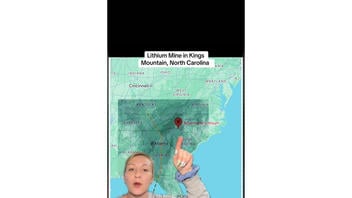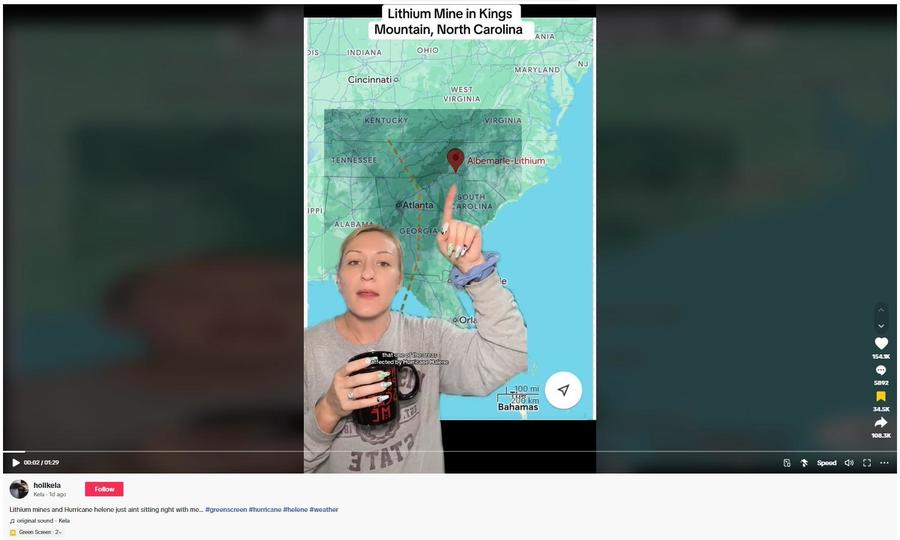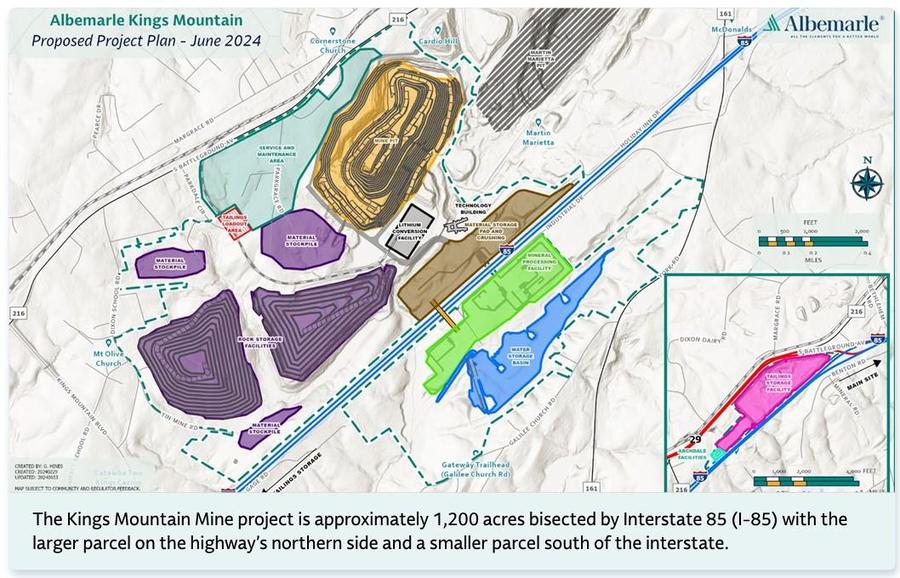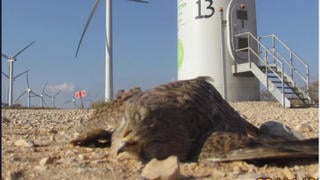
Did government agencies conspire to direct Hurricane Helene to cause damage in the town of Kings Mountain, North Carolina -- to depress the value of properties needed to open a $90 million lithium mine? No, that's not true: This conspiracy is flawed at its foundation -- an expert with the National Oceanic and Atmospheric Administration told Lead Stories that "no technology that humans have can create, destroy, modify, intensify, or steer hurricanes in any way, shape, or form." Furthermore, the city manager for the City of Kings Mountain, North Carolina, told Lead Stories that while there were citywide power outages and many trees lost, "very few if any homes were rendered un-repairable or completely destroyed" and that no properties in Kings Mountain will be acquired by any public agencies via eminent domain as a result of the storm or its after-effects.
The conspiracy was spelled out in a now-deleted one-and-a half-minute long video (archived here) published by @holikela on TikTok on September 30, 2024, with the caption: "Lithium mines and Hurricane helene just aint sitting right with me... #greenscreen #hurricane #helene #weather." It was posted on Facebook on October 1, 2024. The caption on that video was:

The connection between the lithium mines in Kings Mountain, North Carolina, the Department of Defense, and Hurricane Helene.
This is what the post looked like on TikTok at the time of writing:
(Source: TikTok screenshot taken on Wed Oct 2 18:26:15 2024 UTC)
In the days after Hurricane Helene made landfall on September 26, 2024, multiple conspiracy theories circulated asserting that hurricanes can be controlled. This is false. Lead Stories corresponded on September 30, 2024, with Howard Diamond, Ph.D., director of the Atmospheric Sciences and Modeling Division at NOAA's Air Resources Laboratory about viral narratives of hurricane control by using NEXRAD radar stations or HAARP (High-frequency Active Auroral Research Program). Diamond wrote:
... Hurricane Helene, as is the case for any hurricane, formed on its own given the right conditions of sea surface temperature and upper atmospheric winds ... HAARP is a small U.S. National Science Foundation funded ionospheric research facility in Fairbanks, Alaska, and for some reason has gained an incorrect reputation on parts of the Internet as being part of some nefarious global weather modification effort. Simply put, it is not, and HAARP had absolutely no connection to the formation of Hurricane Helene, the formation of any other hurricane, or the genesis of any other natural weather event for that matter. Neither HAARP nor NEXRAD can steer hurricanes; no technology that humans have can create, destroy, modify, intensify, or steer hurricanes in any way, shape, or form.
Lead Stories reached out to the government of Kings Mountain, North Carolina, where the Albemarle Lithium Mine is located, on October 2, 2024. We asked if the impact projected in the video was a likely scenario -- that eminent domain would be used to take over storm-damaged properties to expand the mine. James M. Palenick, city manager of Kings Mountain, responded the same day, writing:
There will be no properties in Kings Mountain acquired by any public agencies, via eminent domain, or in any other fashion, as a result of the storm or its after-affects.
Palenick wrote that while the city of Kings Mountain did suffer city-wide power outages for multiple days, and lost thousands of trees, "very few, if any homes were rendered un-repairable or completely destroyed, and to our knowledge none within close proximity to the identified and proposed Albemarle lithium mining operations."
Documents are props, not documentation of the theory
The TikTok video from @holikela is peppered with documents to give the impression the conspiracy theory is well-sourced, but the documents do not support the case.
Out of the gate, while pointing to a pin for Albemarle-Lithium on a map, @holikela says that it is the largest lithium deposit in the world. It is not. The McDermitt Caldera has what may be the largest lithium reserve in the world, recently discovered in Nevada. As far as active mines, an article published in Mining Technology on June 18, 2024 lists "The world's ten largest lithium mines" ranked by their production, none of the top 10 are in the United States, although the mines in first, third and fourth place, two in Australia and one in Chile, are owned by Albemarle Corporation.
At 0:18 seconds, the video shows a screenshot of a September 12, 2023, U.S. Department of Defense press release announcing a $90-million-dollar agreement through the Manufacturing Capability Expansion and Investment Prioritization (MCEIP) office with Albemarle Corporation to support the re-opening of the Kings Mountain, North Carolina, lithium mine.
The narrator suggests residents would need to be displaced in order for the mine to be developed, but the mine and limestone quarry has existed in this location (satellite image) since the 1940s, though not operational since 1994. The Albemarle website has a Project Sequence page, and a Project Overview PDF describing the timeline of mine re-opening. A detailed diagram (pictured below) of the Kings Mountain proposed project plan shows the project is finite. In a PDF FAQ it is explained:
How long will Albemarle be able to operate this mine?
Albemarle has conducted environmental studies at the Kings Mountain site to identify and predict potential risks, such as impacts to water, wetlands, wildlife, visual aesthetics, noise, air and proposed land use. Based on these findings, site-specific measures can be incorporated into the design.
Currently we are permitting the mine for 10 years, however an economically viable mine could potentially have a mine life of 20-30 years.
(Image source: Albemarle project Overview PDF screenshot taken on Wed Oct 02 23:04:07 2024 UTC)
A FAQ on the website of NOAA's Atlantic Oceanographic and Meteorological Laboratory explains two reasons experimental hurricane modification programs were abandoned:
These promising results came into question in the mid-1980s because observations in unmodified hurricanes indicated:
- That cloud seeding had little prospect of success because hurricanes contained too much natural ice and too little supercooled water.
- That the positive results inferred from the seeding experiments in the 1960s stemmed from inability to discriminate between the expected results of human intervention and the natural behavior of hurricanes.
Additional Lead Stories fact checks on Hurricane Helene can be found here.

















